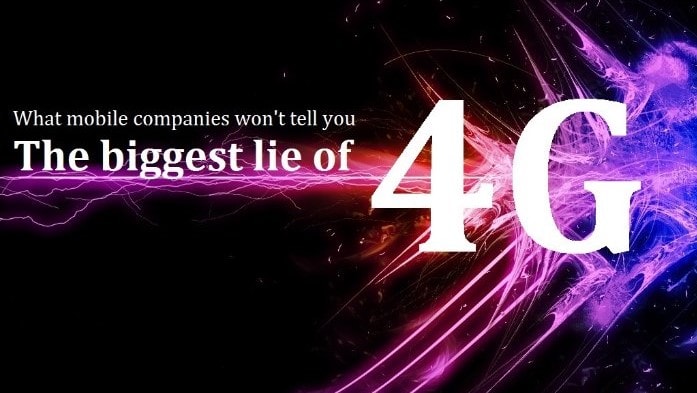What is 4G? (i.e. The True 4G, not the currently commercially branded as 4G)
4G is a set of 2 standards for the 4th generation of mobile telecommunication technology. These standards were specified from 2008 to 2012 by the International Telecommunication Union-Radio Communications Sector (ITU-R).
What are the 4G standards?
- LTE-Advanced (LTE-A):
It is release 10 of the LTE standard. This LTE release becomes 4G after fulfilling the condition of peak download of 1Gbit/s and peak upload of 500 Mbit/s. Note that all LTE releases prior to 10 are not considered 4G, but they hardly could reach the 4G standards.
- WirelessMAN-Advanced (IEEE 802.16m):
This standard is still under development with the hope to fulfill the 4G specifications of 1Gbit/s for download speed for stationary reception and 100 Mbit/s for download speed for mobile reception.
What is 4G-LTE?
4G-LTE is actually an enhanced 3G technology based on LTE release 8 and LTE release 9. Although these technologies are branded as 4G-LTE but they do not satisfy the requirements of the 4G standards as specified by the ITU-R organization.
Due to marketing and branding pressures, ITU organization decided on 2010 to allow calling LTE release 8 and 9 as 4G technologies although they do not satisfy the 4G standards because they become far advanced from the original 3G standards.
Ironically, to differentiate between LTE release 8 and 9 and the real 4G standards (LTE-Advanced and WirelessMan-Advanced), ITU defined them as “True 4G”.
Therefore, after several years, the cellphone carriers will show up again branding their “True 4G”, “4G+” or “LTE+” technology after they could hit the 1 Gbit/s for download speed and 0.5 Gbit/s for upload speed.
The biggest challenge of the True 4G:
The biggest challenge for implementing a True 4G mobile network is the lack of True 4G devices. Actually, no mobile phone currently can handle downloading at the true 4G speed of 1Gbit/s.
Actually, iPhone 6 plus can download with max speed of 150 Mbit/s. Samsung Galaxy S6 Edge can download with up to 450 Mbit/s. LG G Flex 2 has a max speed of 450 Mbit/s and all other 4G-branded phones currently are ranging from 150 Mbit/s up to 450 Mbit/s.
Therefore, the world has not invented yet a True 4G mobile phone.
To invent a True 4G mobile phone, we should have:
For 32 mobile processors: 3GB+ of RAM with multiple 4G-LTE antennas.
For 64 mobile processors: 1GB+ of RAM with at least two 4G-LTE antennas.
Conclusion:
- When you see 4G, 4G-LTE or LTE commercially, do not be deceived, it is an advanced 3G technology, not a True 4G technology.
- If any phone is branded with 4G+ or LTE+, remember that no phone in the world currently satisfies the 1Gbit/s speed of the True 4G technology.
- If you want a real 4G technology, you should wait until you see the “True 4G” sign technology based on the latest definition set out by the ITU organization.

